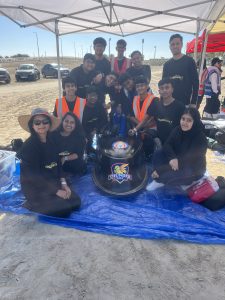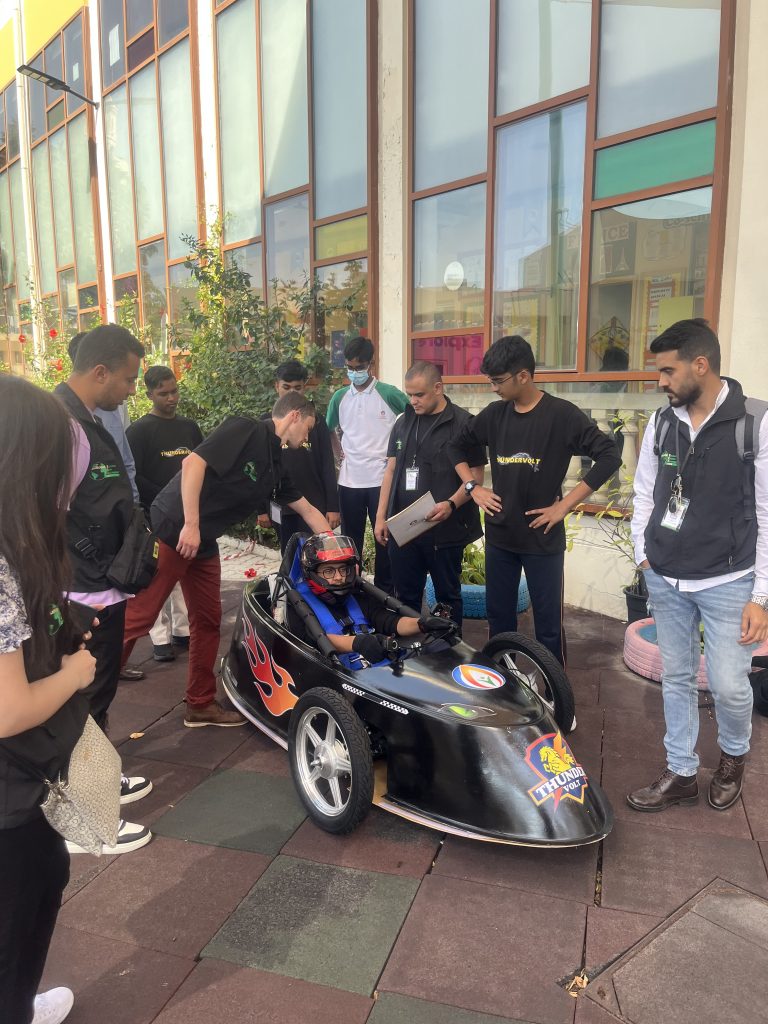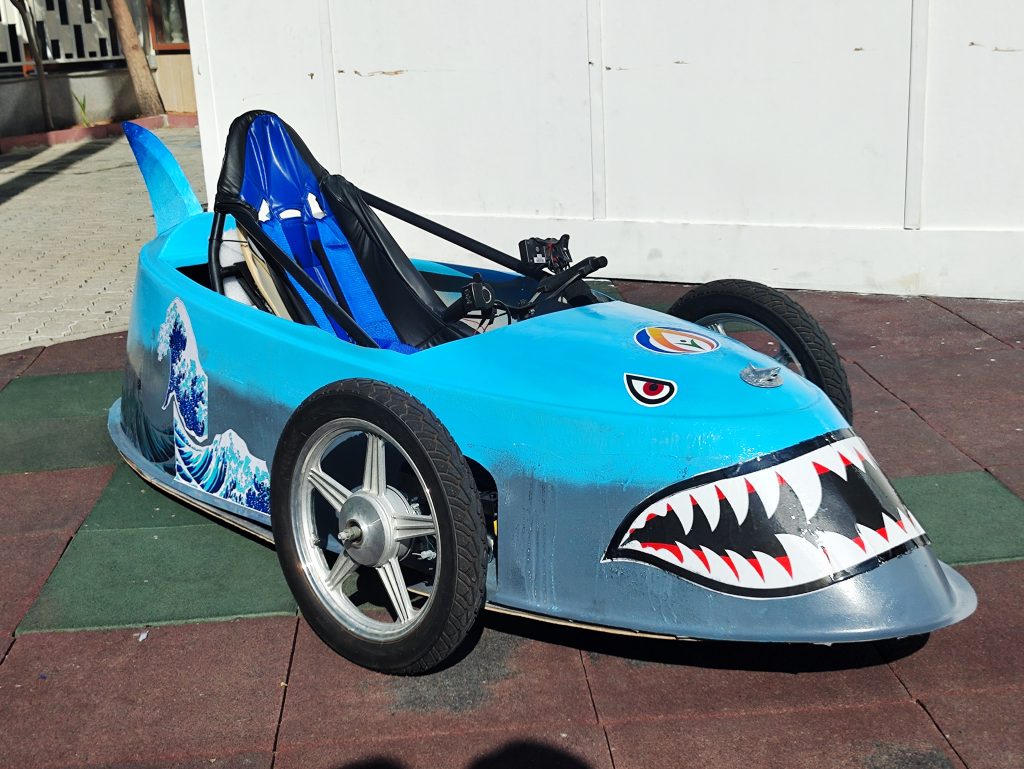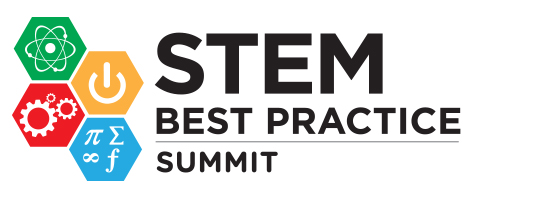Electric Car
School: Ambassador School, Dubai
Name of the Participants
Problem statement – The combination of environmental, health, economic, and regulatory challenges, along with the rise of more sustainable and technologically advanced alternatives, is driving a significant shift away from diesel and petrol cars. As a result, the automotive industry is increasingly focusing on developing and promoting electric vehicles and other cleaner technologies to address these issues.
To reduce pollution, save time inspection of vehicles, check of engine parts, save energy and use of alternative technology. While electric cars offer significant benefits in terms of reduced greenhouse gas emissions and lower operational costs, several critical challenges hinder their widespread adoption. These challenges include limited driving range, insufficient charging infrastructure, high upfront costs, battery life and recycling issues, and consumer perception and acceptance. Addressing these barriers is essential to facilitate the transition to electric vehicles and achieve the environmental and economic benefits they promise.
Innovative Idea and Creativity
This project is designed and assembled by the team of students. The design for graphics is created on the theme of Shark. The innovative fixtures of different parts used in the car like the positioning3D printed switch and simple bolts. It presents a solution to a reduce use of fossil fuel problem and protect environment from climate change.
The major problem that we are trying to solve is to save energy, use alternate energy and prevent carbon emission and reduce the pollution to fight the climatic change. This makes the planet a safer place to all living organisms.
Initially, we noticed the car had similarities to a submarine, therefore, we went for an ocean centric approach to differentiate ourselves from other competitors. Ultimately, it was a unique concept which attracted not only the public but also the assessors.
Our Project meets Sustainable developmental goals SDG 7,9,12and 13.
- Ensuring universal access to affordable electricity by 2030 means investing in clean energy sources such as solar, wind and thermal. Adopting cost-effective standards for a wider range of technologies could also reduce the global electricity consumption by buildings and industry by 14 percent.
- SDG 7 Affordable and clean energy.
Ensure access to affordable, reliable, sustainable and modern energy for all
- DG 9 Industry, innovation and infrastructure.
Build resilient infrastructure, promote inclusive and sustainable industrialization and foster innovation
- SDG12 Responsible consumption and production.
Ensure sustainable consumption and production patterns
- SDG 13 Climate action .
- Take urgent action to combat climate change and its impacts
Impact and Potential
The students have been impacted by sustainable practices at a school level. Learning what makes an electric vehicle sustainable, from the e-braking systems to the battery powered motors. This inspires the future generation of sustainable engineers.
Electric cars offer significant environmental benefits by reducing greenhouse gas emissions, improving air quality, and increasing energy efficiency. However, addressing challenges related to battery production and the source of electricity is essential for maximizing their positive impact. Continued advancements in technology, policy support, and infrastructure development will be key to realizing the full environmental potential of electric vehicles.
Energy Efficiency
Higher Efficiency: Electric motors are more efficient than internal combustion engines (ICEs). EVs convert a higher percentage of electrical energy from the grid to power at the wheels, compared to ICE vehicles converting energy from fuel.
Future Potential
Electric cars offer significant environmental benefits by reducing greenhouse gas emissions, improving air quality, and increasing energy efficiency. However, addressing challenges related to battery production and the source of electricity is essential for maximizing their positive impact. Continued advancements in technology, policy support, and infrastructure development will be key to realizing the full environmental potential of electric vehicles.
Battery Technology
Improvements in battery technology, such as increased energy density, faster charging, and longer lifespan, will enhance the viability and environmental benefits of EVs. Technology, such as increased energy density, faster charging, and longer lifespan, will enhance the viability and environmental benefits of EVs.
Energy Storage Integration
EVs can serve as energy storage units, helping to stabilize the grid and support renewable energy integration through vehicle-to-grid (V2G) technologies.
The project involves creating a comprehensive program that combines designing, building marketing through social media, graphics and racing cars to promote students’ well-being in both the physical and virtual worlds. The key features, functionalities, and strategies include:
Hands-on Experience
Students engage in the physical activity of building a car, promoting practical skills, teamwork, and problem-solving. This tactile experience contributes to their overall physical well-being.
STEM Integration
The project incorporates Science, Technology, Engineering, and Mathematics (STEM) principles in car design and construction. This educational aspect not only enhances academic learning but also prepares students for future careers in STEM-related fields
Significance of the project
- The project presented AT STEM BEST PRACTICE SUMMIT is a pioneering initiative that intertwines car building, graphic design, Marketing events and car racing to address the evolving educational landscape and promote students’ well-being.
- The significance of the project lies in its holistic approach, aiming to achieve the following key objective: 1. Holistic Education Integration 2. Balancing Physical and Virtual Engagement 3. STEAM Enrichment with Arts Integration4.Real-World Application and Career Readiness 5. Community Engagement and Support: 5. Reflective Well-being Workshops
- In essence, the project’s significance lies in its innovative and multifaceted approach to education, encompassing STEM, Arts, and well-being considerations. The presentation at STEM Best practice aims to showcase these unique qualities, emphasizing the project’s potential to shape a new paradigm in educational experiences.



